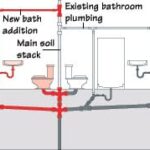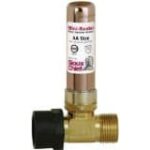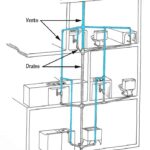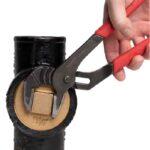Do you see signs of water pooling in your yard on a dry day? Is your water bill ridiculously high? These are both signs of an underground pipe leak.
Obviously, a pipe leak inside your home is usually pretty easy to find because you can see water pooling on the floor, dripping from a ceiling, or making walls soggy. But finding a pipe leak in your yard can be something else. Underground pipe leaks are hard to find because they’re often buried deep below the surface, underneath driveways, or in similarly difficult situations. Short of hiring a tractor to dig up your yard, what can you do?
Here we will look at your options.
Determining Whether A Leak Exists
Underground pipe leaks occur when an underground water supply pipe breaks or leaks—either along its length or where it connects to elbows or other fittings. Leaks and breaks can occur because of invasive roots, shifting ground, or freezing or corroding pipes.
If you suspect that water may be leaking from a broken pipe or fitting somewhere underground, the following simple test will let you know for sure.
1. Locate your water meter. Most residential water meters are located near the street or curb in front of a house. They are typically in a box that’s buried, with a lid that covers the box at ground level. Many of these boxes are concrete, and so are their lids—so the lid can be quite heavy. You can typically lift the lid off of the box by inserting a hook or large screwdriver into a slot in it, and then lifting it away from the box.
The meter and the main valve that controls the flow of water to your house should be inside the box, and may be buried in dirt. Wearing work gloves, scoop any dirt away from meter and the valve.
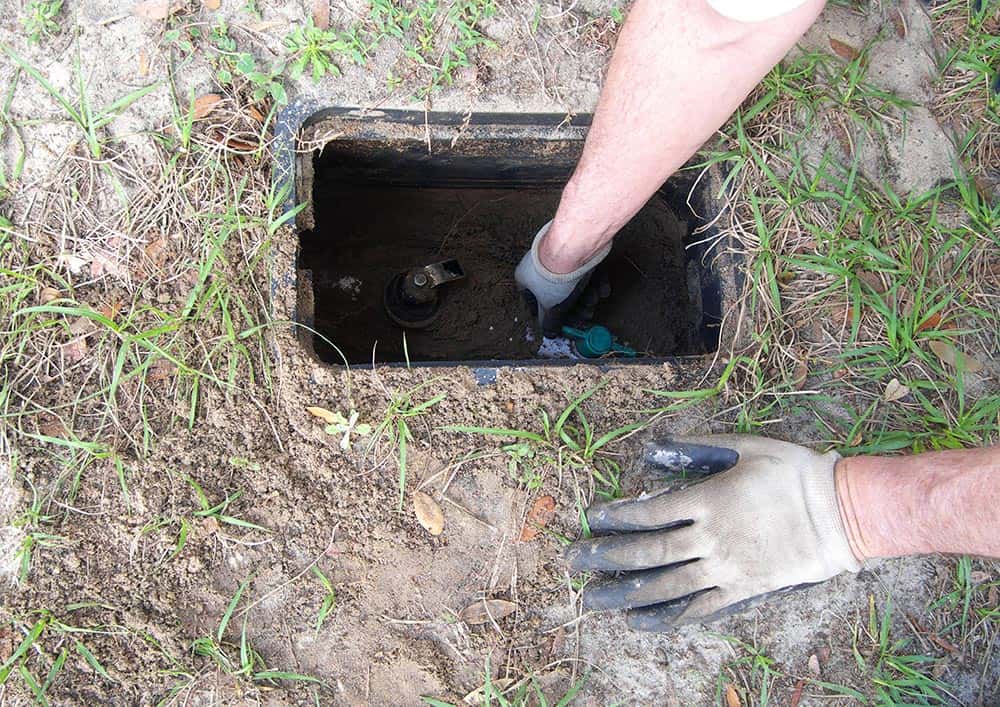
2. Turn off every faucet, fixture, and appliance that uses water—even raise the bail wire on the ice maker to turn it off. Do NOT turn off the main shutoff valve located by the water meter.
3. Note the dials on the water meter. As you can see in the drawing below, some water meters have a small dial meant to be a leak detector. If this is moving, water is traveling through the meter. If you meter doesn’t have this, use a grease pencil to mark where the needle is pointing (if there are several dials, mark the one that indicates 1-cubic-foot increments).
4. Leave the water shut off for 30 minutes, and then see if the needle has moved from the mark. If it has, your plumbing is leaking somewhere.
5. You can look for signs of a leak, such as sinkholes or mushy areas of ground, but you may have to have a professional find it. See more about this below.
How to Find Water Wasters
Outdoor valves, hoses, sprinkler systems, and water features can waste a lot of water without you knowing there’s a problem until you receive your water bill. Please view this video to learn a variety of ways you can reduce wasted water by keeping an eye on your sprinklers, drip systems, hoses, and more.
How to Find an Underground Leak
One of the popular methods that professional leak detectors use to find an underground leak involves charging the pipes with nitrogen, an inert gas.
When the pressurized gas finds a leak, it comes blowing out, producing a loud hiss. With the help of a probe pushed down into the ground, an amplifier, and headphones, the this hiss can be heard. The leak detection specialist moves along the suspected route with the probe and eventually zeroes-in on the leak. This video shows the process:



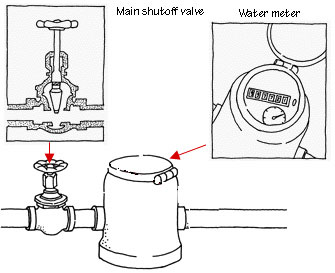
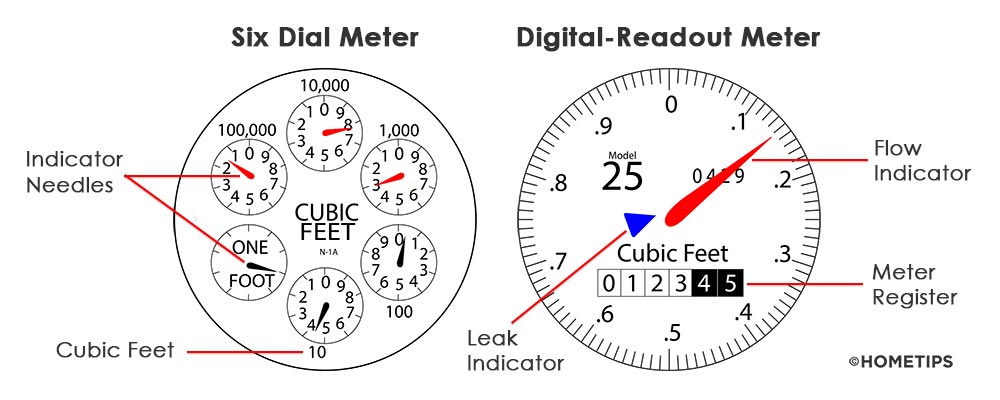

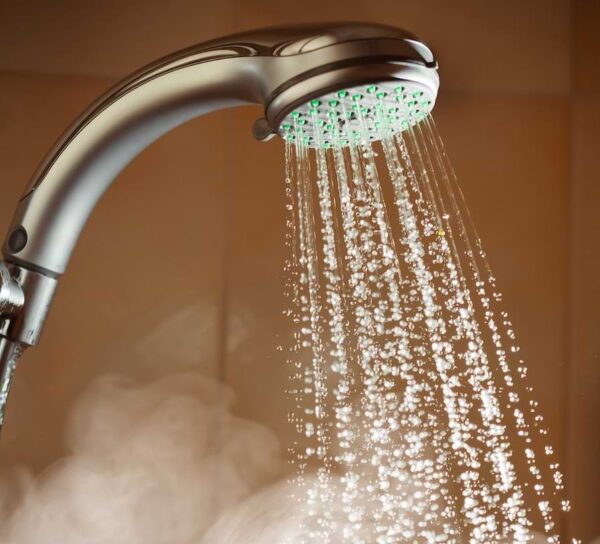
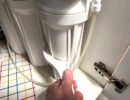
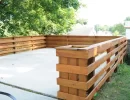
 Don Vandervort writes or edits every article at HomeTips. Don has:
Don Vandervort writes or edits every article at HomeTips. Don has:
